At first glance, I thought I was looking at some Ian Francis‘ work but no this was in fact from a Polish artist called SEPE or Michal ‘SEPE’ Wrega. I instantly found the artist’s work remarkable and as Ian Francis’s work, you are drawn into the scene and want to get a feel of what is actually going on.
SEPE’s work above all focuses on figurative paintings and, unlike Ian Francis, has got an urban edge. You will notice that the king looking character in “Plagadaru” (see below) wears the famous 3 bands tracksuit bottom. Reading about SEPE’s biography, I am not surprised to read that he was raised in traditional graffiti movements back in Poland where he still lives. Addeed to that a strong interest in book illustration and then some studies at the Academy of Fine Arts, Lodz, you get a very original art style.
Definitely an artist that goes into our favorites list.
Plagadaru – Mixed Media on Canvas | 100cm x 120cm
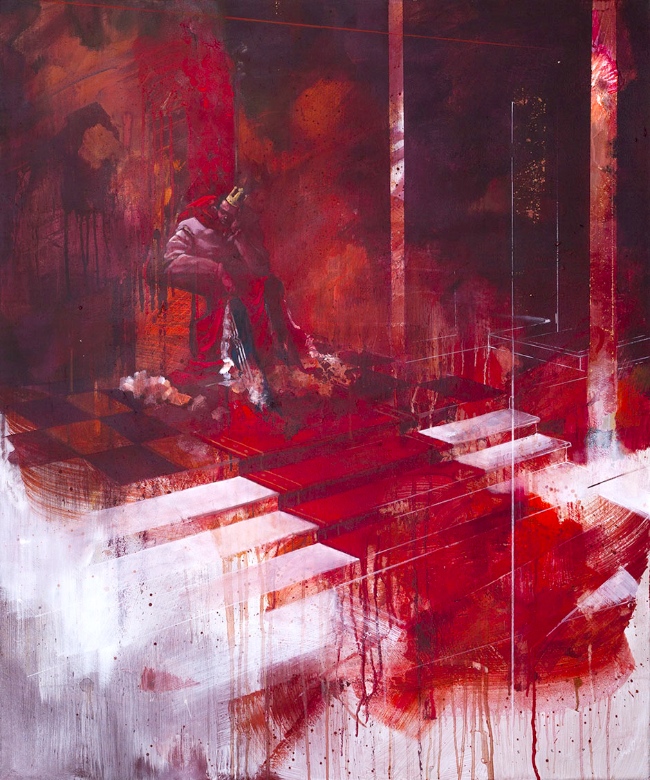
Gold Rush 1 – Mixed Media Painting | 50cm x 50cm
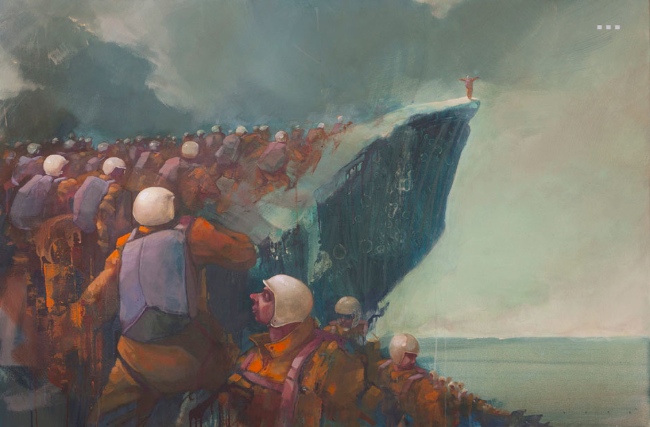
Jumpers – Mixed Media on Canvas | 100cm x 120cm
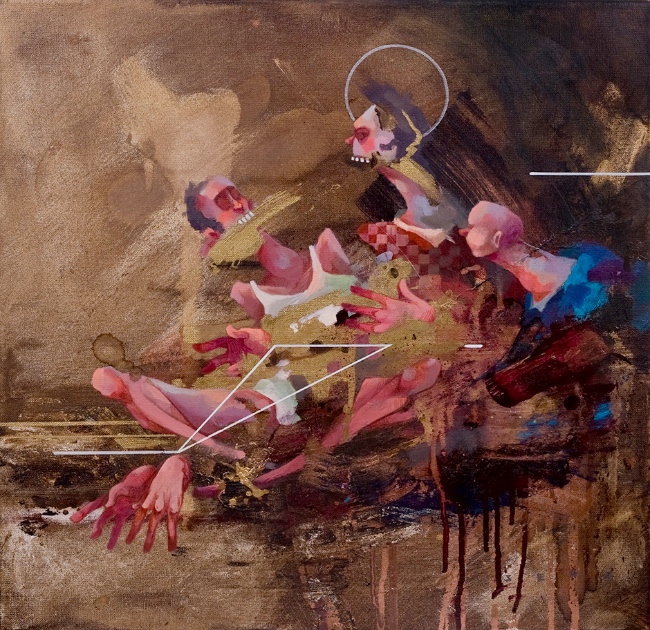

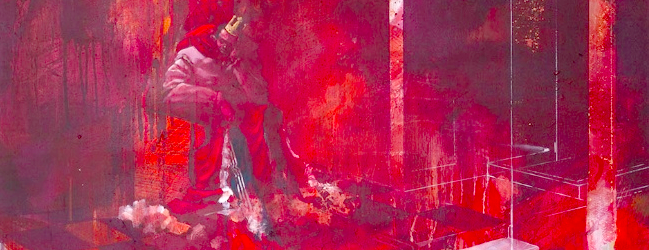
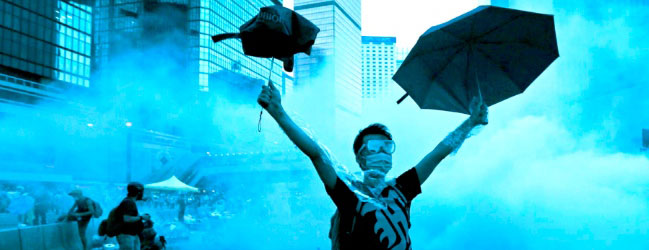
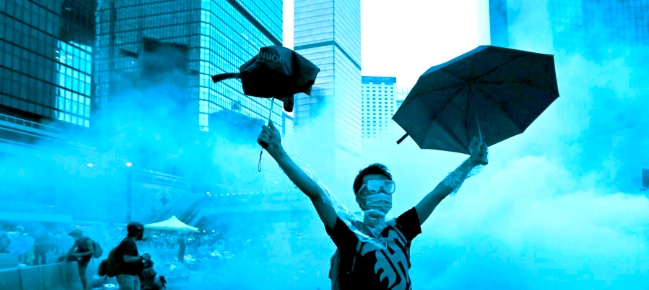
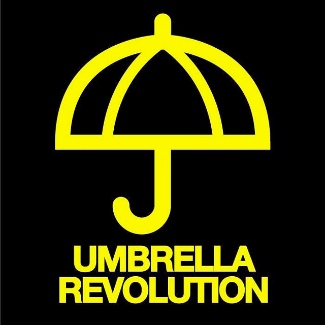

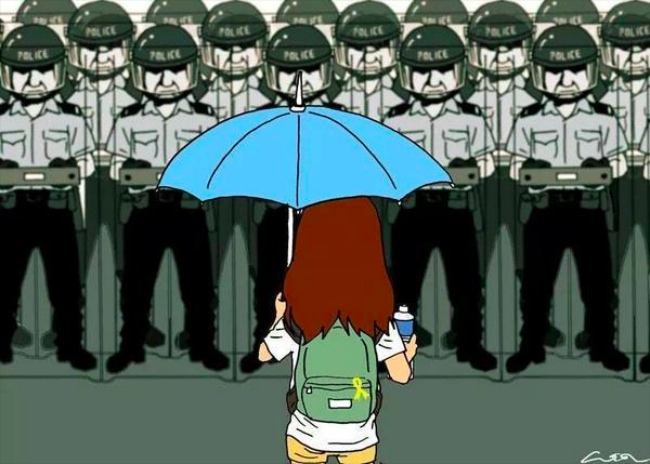

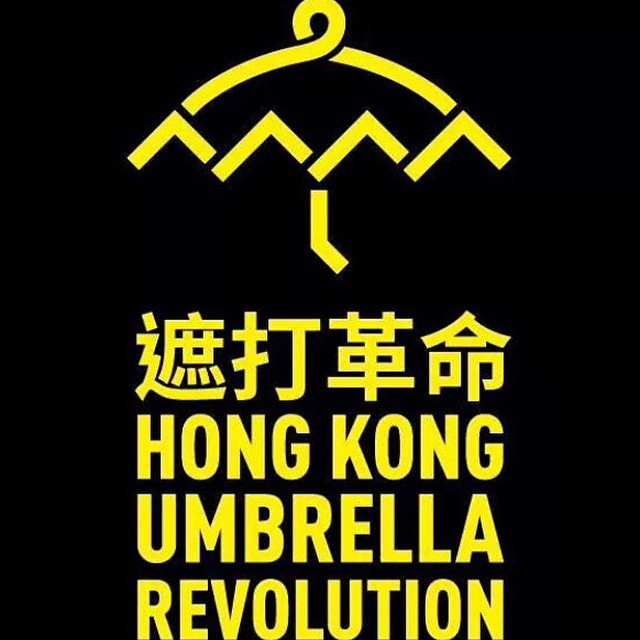
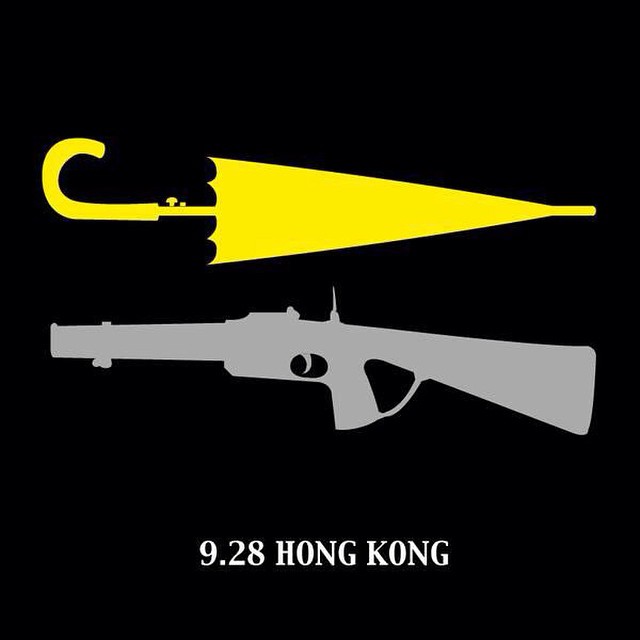
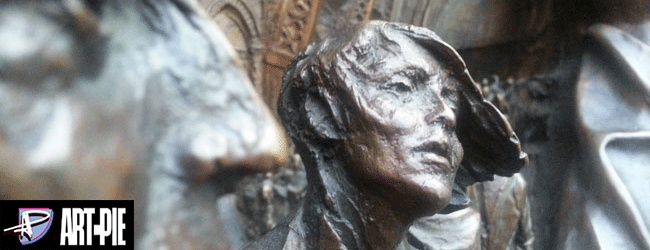
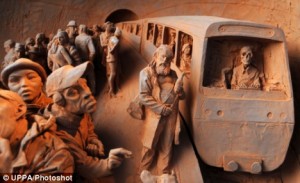 The frieze was actually added by the artists in 2008 and caused a stir as it was branded as ‘controversial’. It indeed originally depicted a commuter falling into the path of an underground train driven by the
The frieze was actually added by the artists in 2008 and caused a stir as it was branded as ‘controversial’. It indeed originally depicted a commuter falling into the path of an underground train driven by the 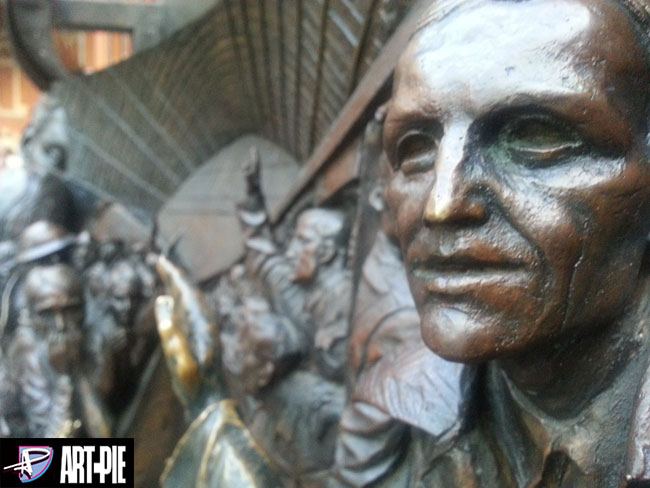
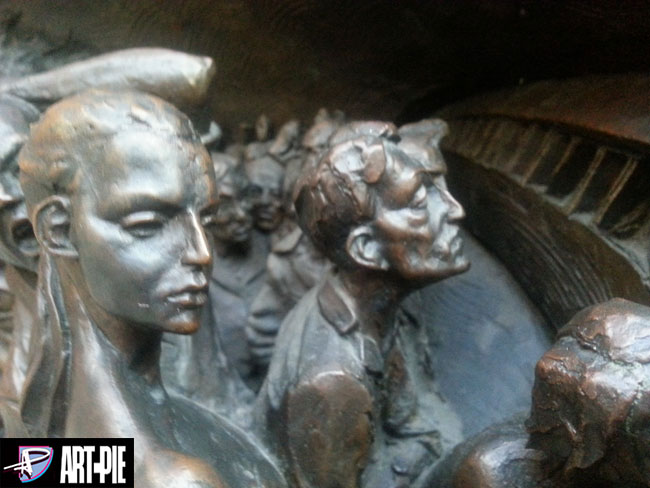
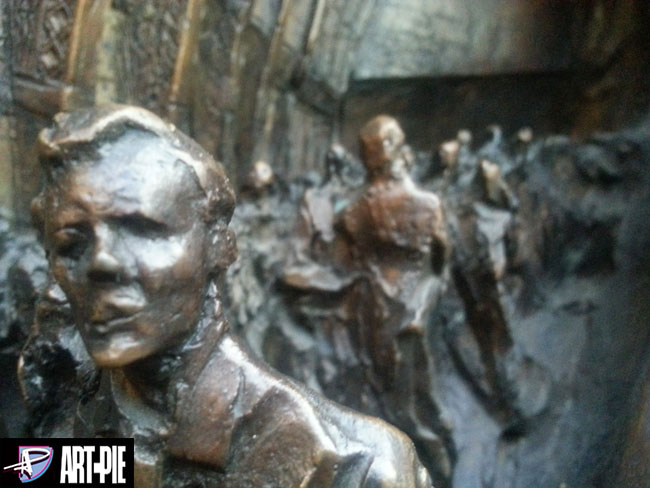
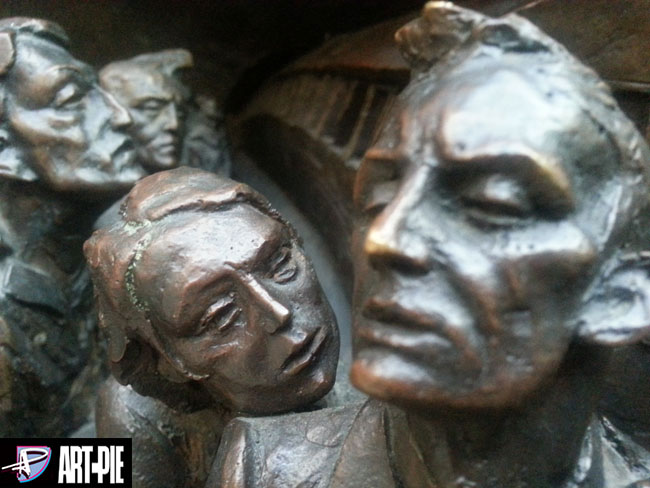
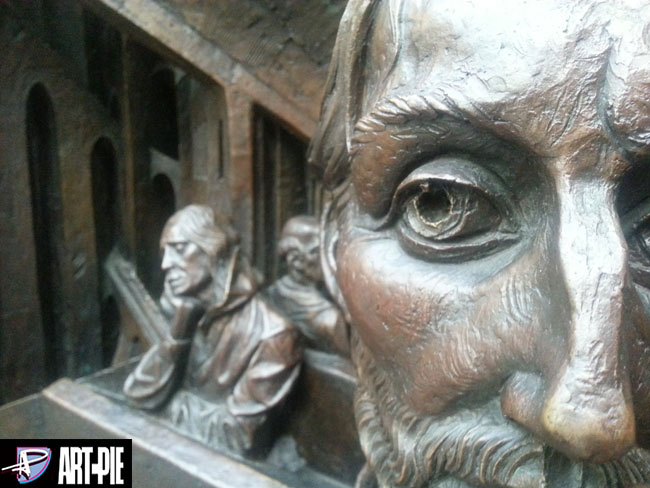
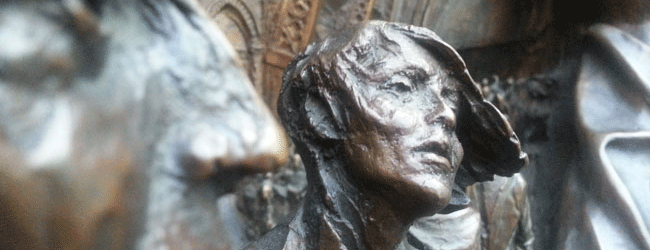
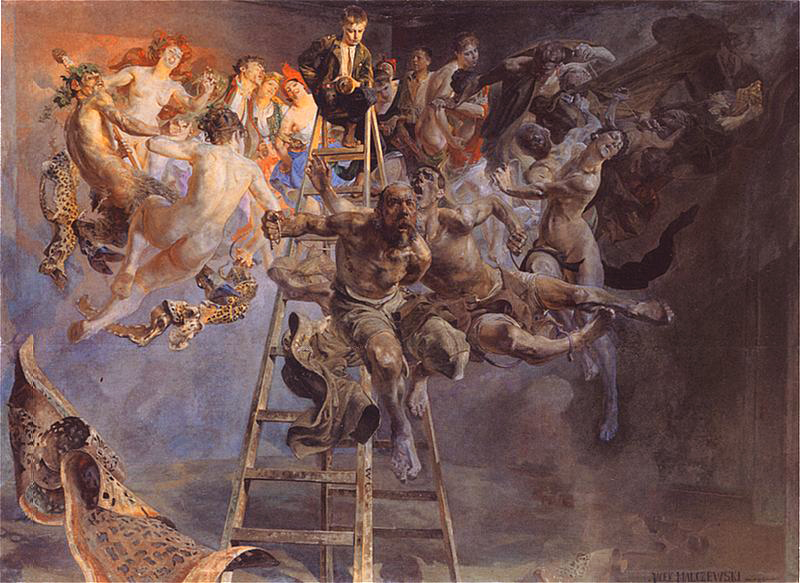
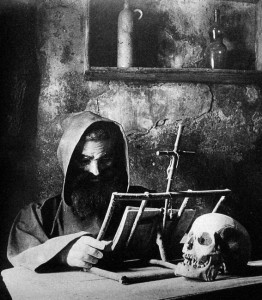 I’m a terrible creature of habit. I like my routines because they free up brain space for more important stuff – the stuff where I can be really creative and unpredictable. Mostly, I live in harmony with my habits, enjoying their usefulness and the comfort they bring, but there have been times when my habits have given me cause for alarm.
I’m a terrible creature of habit. I like my routines because they free up brain space for more important stuff – the stuff where I can be really creative and unpredictable. Mostly, I live in harmony with my habits, enjoying their usefulness and the comfort they bring, but there have been times when my habits have given me cause for alarm.